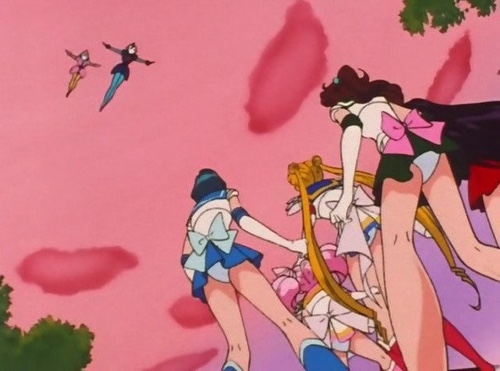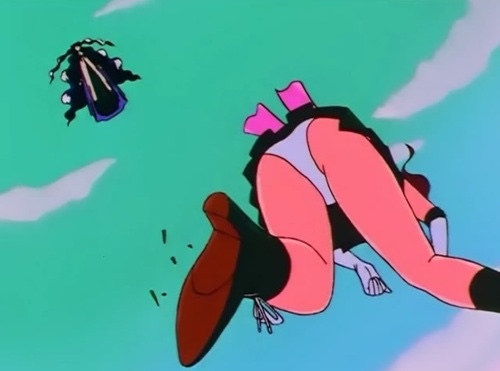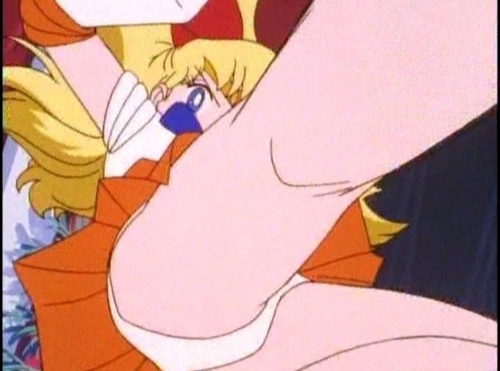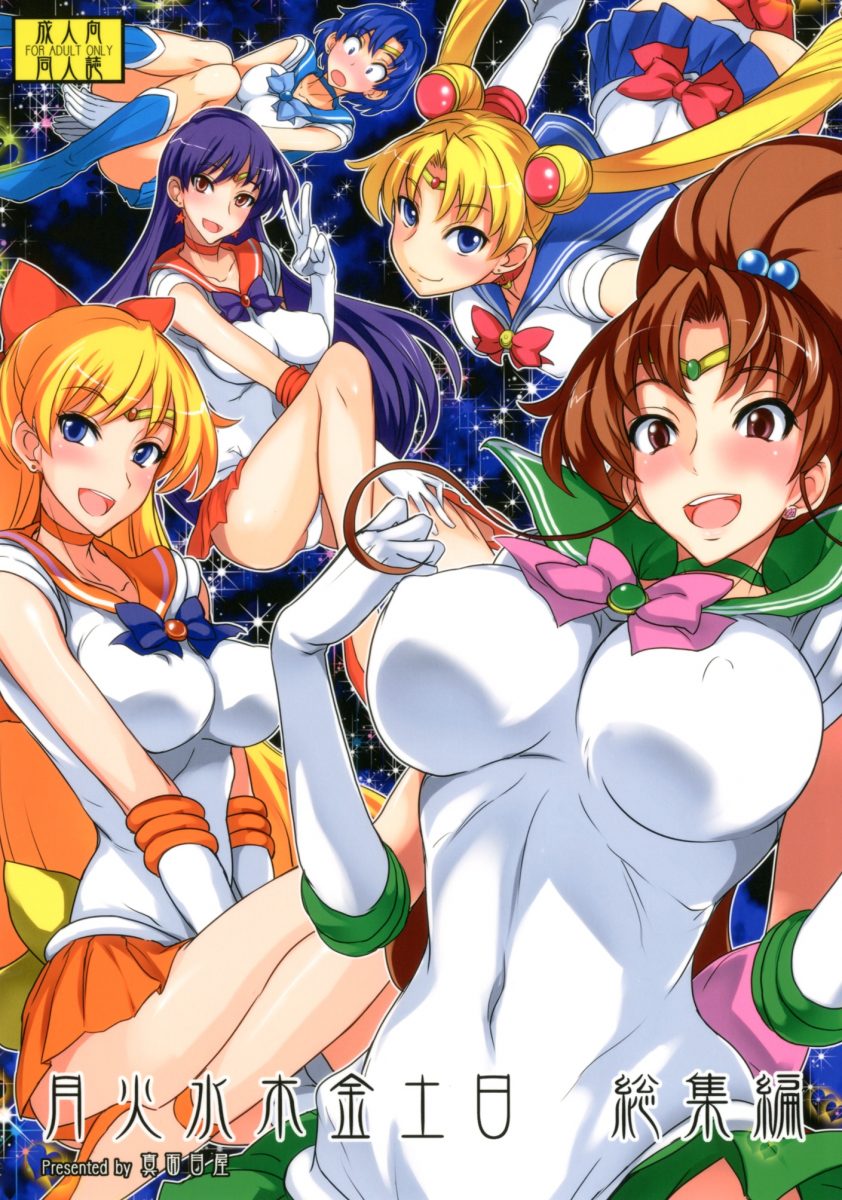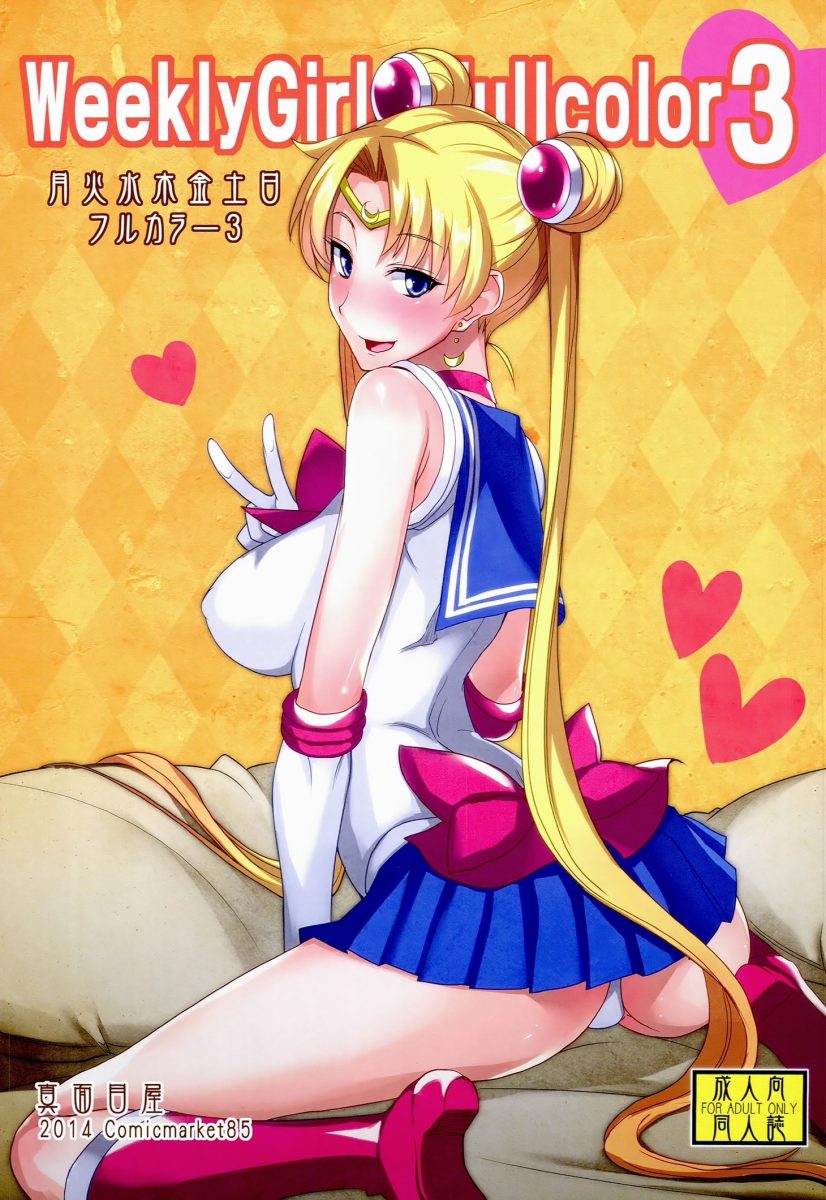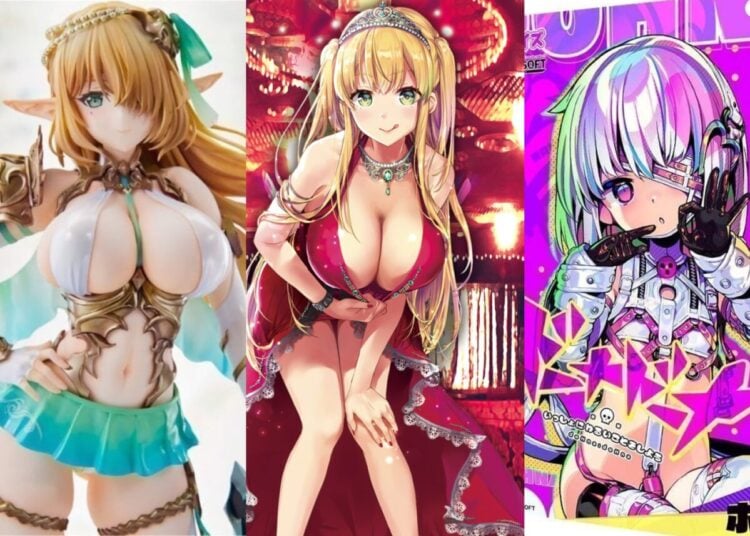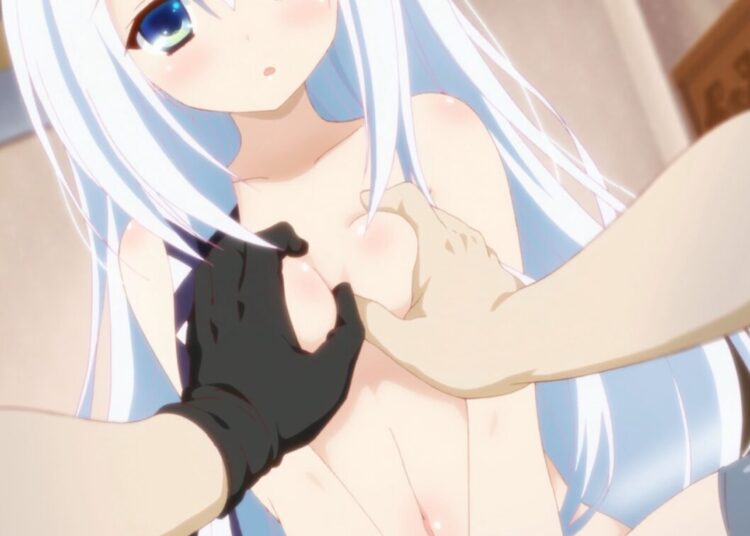I happened to see that March 7 marked the very first broadcast of Sailor Moon, one of the most influential anime series from the golden age of anime. I thought I’d write a post about the many ways Sailor Moon changed the world!
Sailor Moon at 30! How Did This Anime Change the World?
I came to Japan in October of 1991, during the first George Bush presidency. It was a very different time back then: the Internet didn’t exist yet, and Japan was still very closed off to the outside world, culturally. Anime was still rising in popularity — recently they started to sell licensed anime at Tower Records, and I marveled that commercial anime products could actually be a thing — but was still largely underground for most people.
When Sailor Moon launched on March 7, 1992, I was there watching, thrilling at the genius of creator Naoko Takeuchi, taking the popular-with-girls magical girl genre and blending it with the popular-with-boys 5-man fighting team sentai genre. I knew a concept this good could not fail to make its mark around the world.
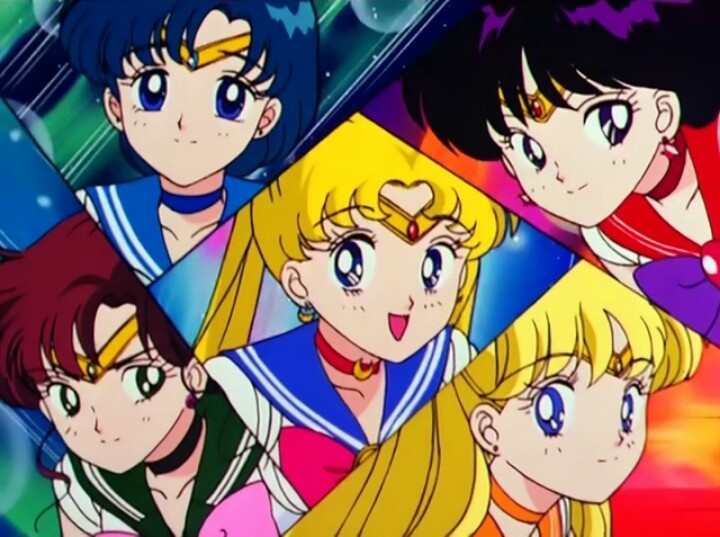
It Was a Huge Hit That Helped Make Anime a Household Name
You can’t change the world without winning the hearts and minds of millions of fans, and the huge popularity of Sailor Moon was so great that virtually everyone knew about it. Many J-List customers report getting up at 6 a.m. to watch the show, or rushing home from school to catch it.
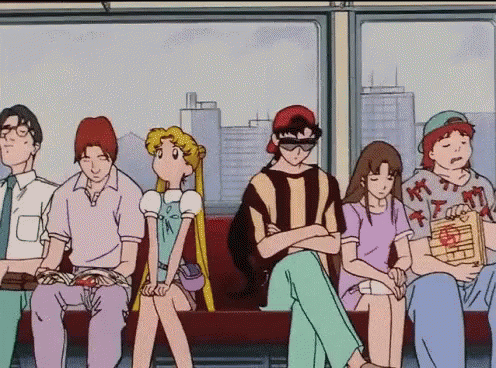
It Helped Define the 90s Visually
Is there a more 1990s image anywhere? I think not. The high-quality animation (especially in the films like Sailor Moon R) coupled with the love the creators clearly felt for the work helps us remember what a great decade the 90s was.
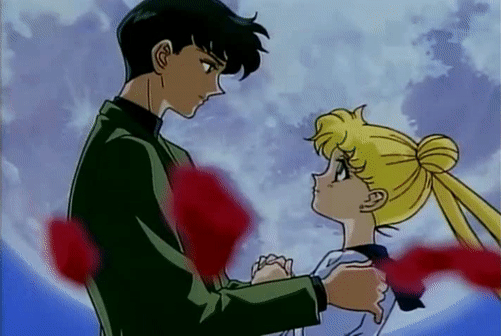
It Had a Groundbreaking Story That Paid Off Emotionally
When I was eleven I discovered Star Blazers, aka Space Battleship Yamato, the epic story of humanity being attacked by aliens dropping radiation bombs, with only one year to bring back the technology that will heal the planet. The episodic nature of the show floored me — you actually had to watch each episode in order or you wouldn’t know what was happening, which was totally unthinkable in animation at the time. The next show I watched was Battle of the Planets / Science Team Gatchaman, which I disliked immediately because it had a simpler story that got reset at the end of every episode. I was already learning how to be an “anime snob.”
But Sailor Moon had a great story! In addition to the fun monster-of-the-week structure, we got interesting villains who are executing complex evil plans, characters with secret identities that get revealed as the story unfolds, and Millennium-spanning love stories!
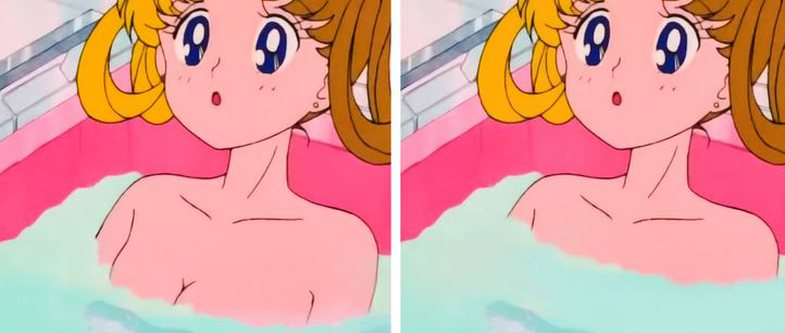
Censorship Caused Early Fans To Seek The “Real” Anime
I love it when anime is censored or otherwise altered for broadcast on television! The reason is that few fans are fooled when cigarettes are digitally changed to lollipops, or believe that people wear digitally-drawn swimsuits while taking a bath. They invariably desire to see the original work, uncensored and uncut, which in many cases, lead them straight to J-List, where I had the original works in question available to buy (plus some naughty doujinshi on the side).
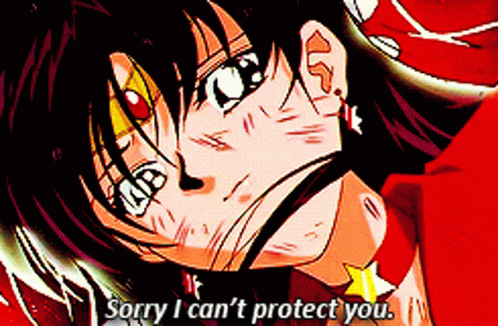
While a lot was cut or altered from the series for its U.S. broadcast, the most unforgivable change was removing the climax of season one, in which all the Sailor Scouts must give up their lives for Usagi so she can complete their quest. Can you imagine as a young person, being invested in these interesting characters, yet having this amazingly dark story denied from you due to “broadcast standards”? You’d probably do something about it.
It Didn’t Shy Away From Pantyshots and Fanservice
If I were writing for a mainstream media outlet rather than the J-List blog, I’d be required to frown on visual fanservice for sexualizing the characters, and make statements about how “the pantyshots haven’t aged well.” But you know me! I respect any creator who understands the importance of helping viewers form emotional connections with characters, whether it’s through dramatic storytelling or giving us a shot of dopamine to the brain with a clever camera angle. Visual fanservice also helps add comedy to the story, too.

Just look at this classic “Schrödinger’s panties” scene. Naoko Takeuchi knew exactly what she was doing: giving the boys a reason to tune in to what might otherwise be considered an anime for girls.
Sailor Moon Helped Cause the Rise of Hentai Doujinshi
The decade of the 90s was also defined by the explosion in the popularity of doujinshi, the usui hon (“thin books”) that let us explore the sexual relationships fictional characters are having in the minds of fans. Along with Evangelion, Sailor Moon hentai doujinshi positively exploded starting in the middle of the 90s, and J-List (founded in 1996) was right there in the thick of it.
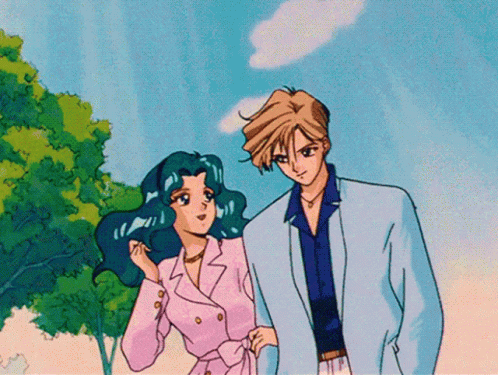
The Show Helped Us Relax About Non-Standard Relationships
I’m positive that one reason the world is a more relaxed place when it comes to LGBT+ issues today is that a generation of girls and boys grew up watching two “cousins with benefits” who were clearly a lesbian couple, and the world didn’t end.
J-List is helping our customers out with a $25 shipping support coupon. Details here!
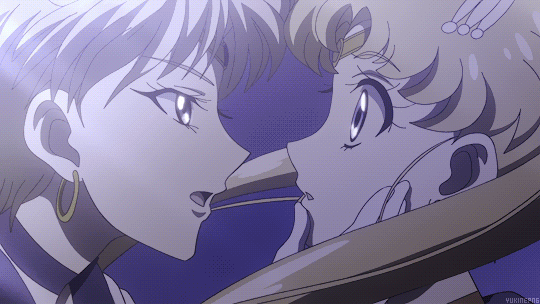
That Time J-List Brought Sailor Moon Back
It’s possible I had something to do with the return of Sailor Moon. A few years ago there was an anime convention that had an “industry only” period in the mornings, where companies could talk business without massive crowds of fans around. I loved this event because I could tweet, “I’m about to go up to the Studio Ghibli booth, is there anything you want me to tell the staff there?” and pass along the replies from my followers to the staff.
Once I happened to see a guy who worked for Toei, and I sprang into action, informing him of the huge number of Sailor Moon fans around the world who still loved the show and actively wanted it to return. No longer children, these fans were now adults with income that allows them to buy more expensive figures and other products. In many cases, these fans have become mothers, and would love nothing more than to enjoy the show with their daughters, and maybe cosplay together. The man thanked me for my input… and a year later Sailor Moon Crystal was announced. If I had anything to do with that, then great!
Want to read about 17 times J-List changed the world (at least a little)? Here’s a blog post!
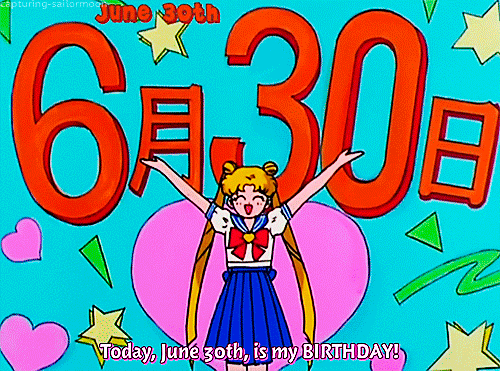
Sailor Moon Isn’t 30…She’s 45
Of course, celebrating the 30th anniversary of the first broadcasting of the show doesn’t mean Usagi is 30 years old. Going by the manga, she was born June 30, 1977, making her canon age 45 years old currently. Does that make you feel more or less old?
Thanks for reading this post about the 30th anniversary of Sailor Moon. How did you discover the show? Post it below, or share with us on Twitter!
Thanks to the warm support of our customers all over the world, J-List has been able to keep serving up fun and unique products from Japan to everyone. Now we’re doing our best to support our customers with a new $25 coupon reducing the shipping of all orders of $150 or more, automatically. Thanks for being a J-List customer! Start browsing our new and restocked products here.


